In the annals of history, Rome stands as a monumental empire known for its military prowess, architectural marvels, and expansive territories. At the height of its power, Rome controlled vast regions across Europe, North Africa, and the Middle East, fostering a complex and diverse civilization.
However, beneath this veneer of prosperity lay significant environmental challenges. Climate change and disease emerged as formidable adversaries, gradually eroding Rome’s stability. Fluctuating climate patterns disrupted agricultural productivity, while pandemics, such as the Antonine Plague, decimated populations.
These natural disasters not only weakened Rome’s economic foundations but also left it vulnerable to external threats, setting the stage for its eventual decline.
Climatic Shifts in Ancient Rome
Climate Patterns
Throughout its history, the Roman Empire experienced notable climatic shifts that significantly impacted its development and stability. Initially, during the Roman Climate Optimum, warm temperatures and consistent rainfall facilitated agricultural prosperity. However, by the 4th century, the climate began to change, transitioning into cooler and drier periods. These cooler spells, lasting decades, saw average temperatures drop by up to three degrees Celsius, coinciding with major pandemics.
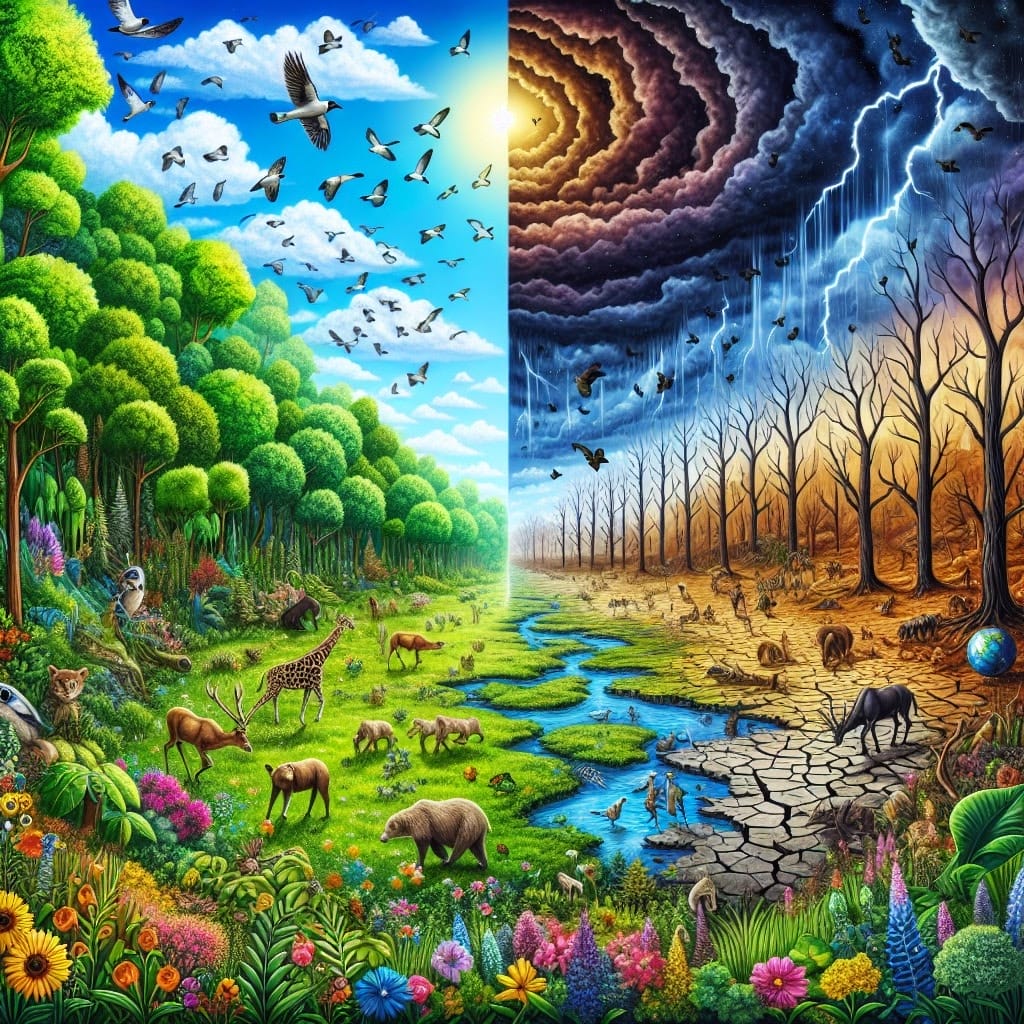
Agricultural Implications
The shift in climate severely affected agricultural productivity, which was a cornerstone of Roman prosperity. North Africa, once a breadbasket for Rome, faced desertification as the Sahara expanded, transforming vital farmlands into barren landscapes. Meanwhile, Italy saw a decline in agricultural output, leading to grain shortages in major cities like Rome and Constantinople. This decline in food production caused unrest among urban populations and led to the abandonment of rural lands by farmers unable to sustain their livelihoods. These agricultural challenges not only contributed to widespread famine and malnutrition but also weakened the Roman Empire’s economic foundation, exacerbating its decline.
Economic Consequences of Climate Change
In ancient Rome, climate change had profound economic repercussions that reverberated throughout the empire. As climatic conditions shifted, the impact on agriculture was immediate and severe, leading to a cascade of economic challenges.
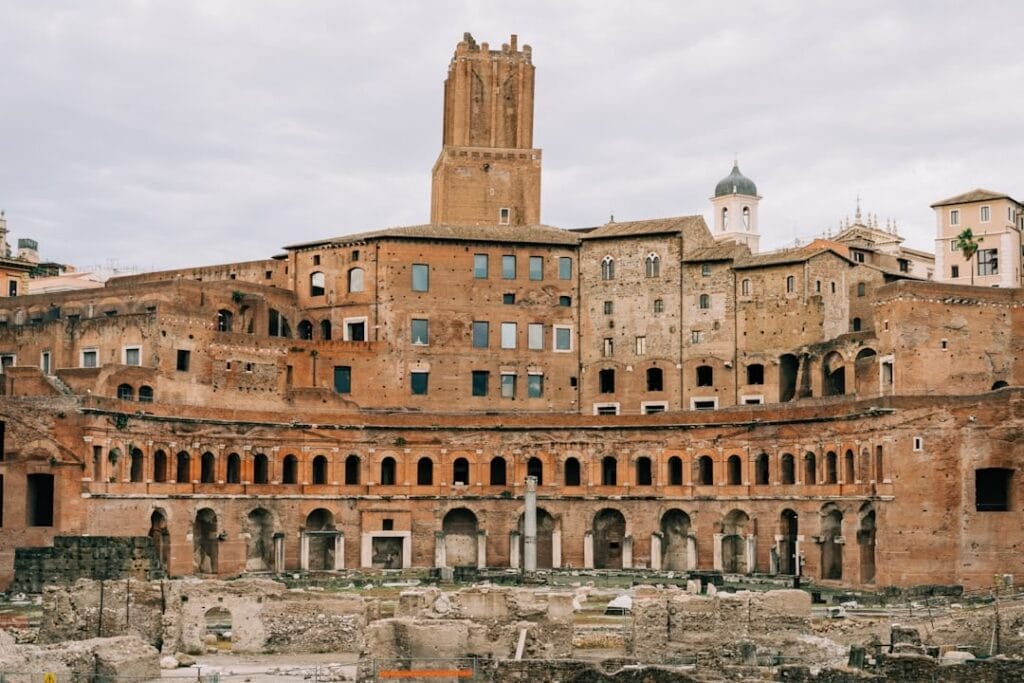
- Reduced Agricultural Yields: Adverse weather conditions, such as prolonged droughts and unpredictable rainfall, led to significant crop failures. Consequently, agricultural output declined by as much as 30% in some regions, creating food shortages that drove prices up and triggered inflation.
- Dependency on Imported Goods: With local production faltering, Rome became increasingly reliant on imports from its provinces. The necessity to import essential foodstuffs like cereals from Egypt or olive oil from southern Spain became pronounced, as detailed in the trade dynamics of the period.
These economic strains manifested in heightened poverty, social unrest, and political instability. The empire’s reliance on a complex trade network was both a strength and a vulnerability, as any disruptions could exacerbate the already precarious economic situation. This dependency underscored the delicate balance between Rome’s agricultural practices and its broader economic health.
Societal Impacts of Environmental Stressors
Social Unrest Due to Food Shortages
The Roman Empire, reliant on agriculture, faced significant challenges when reduced agricultural yields led to food shortages. As these shortages intensified, inflation surged, making basic necessities unaffordable for many citizens. “When the grain fails, the people grow restless,” an ancient Roman proverb highlights the direct correlation between food scarcity and societal discord. Urban centers, particularly Rome, experienced heightened tensions as the populace struggled to access essential resources, fostering discontent and political instability.
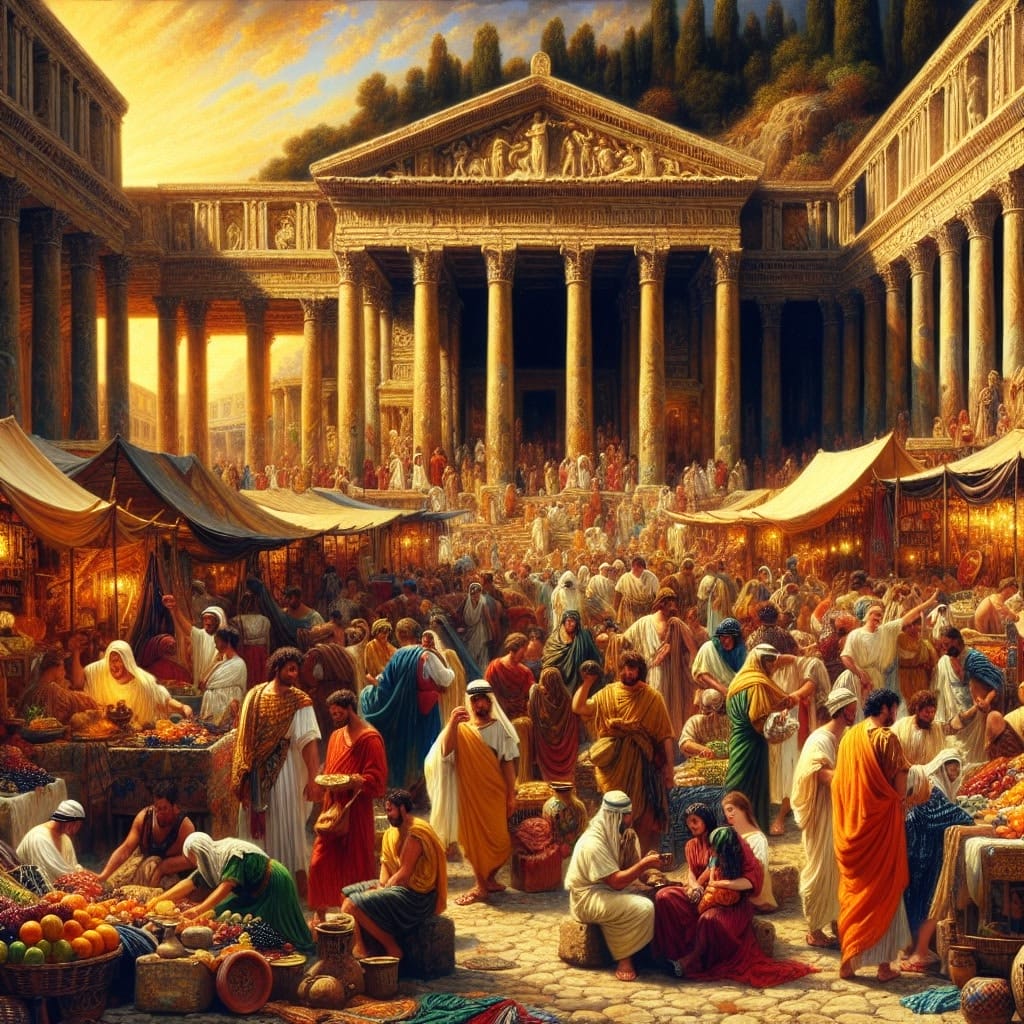
Migration Patterns from Affected Regions
Environmental stressors also prompted significant migration within the empire. Regions suffering from persistent agricultural decline saw inhabitants relocate to more fertile areas. This migration led to demographic shifts, adding pressure to urban infrastructures already stretched thin by the influx of displaced populations. Historical records indicate that these movements exacerbated existing social strains, as Rome’s urban demands outpaced the capacity to accommodate new arrivals. Consequently, these migrations not only altered the demographic landscape but also intensified the empire’s vulnerability to external threats.
Pandemics in the Roman Empire
Throughout its extensive history, the Roman Empire faced numerous pandemics that severely tested its resilience. These outbreaks often coincided with other crises, such as climate-induced food shortages, exacerbating their impact on Roman society. Among these, the Antonine Plague stands out as one of the most devastating pandemics, marking the first major pandemic in recorded history.
Originating around 166 AD, the Antonine Plague swept across the Roman territories, resulting in a staggering mortality rate. It is estimated to have claimed the lives of approximately 5 million people. The disease, characterized by fever, throat ulcers, and a pustular rash, remains undiagnosed, though some theories suggest it might have been measles or smallpox. The plague’s rapid spread was facilitated by the empire’s extensive trade routes and the movement of populations seeking relief from food insecurity, compounded by environmental stresses.
This pandemic led to significant societal and economic upheaval. Labor shortages ensued, affecting agricultural production and trade, while decreased tax revenues strained the empire’s finances. The Antonine Plague exposed existing vulnerabilities, contributing to the gradual decline of the Roman Empire.
Population Decline and Economic Weakness
The Roman Empire experienced significant population declines due to repeated pandemics, notably the Antonine Plague, which struck in 165 AD. At its height, Rome was home to approximately one million people. However, by the time of Pope Gregory the Great, the city’s population had plummeted to around 20,000. The Antonine Plague alone accounted for approximately seven million deaths across the empire, with reports indicating daily fatalities of up to 2,000 in Rome. Such drastic reductions in population not only weakened the social fabric but also disrupted the empire’s ability to sustain its economic and military structures.
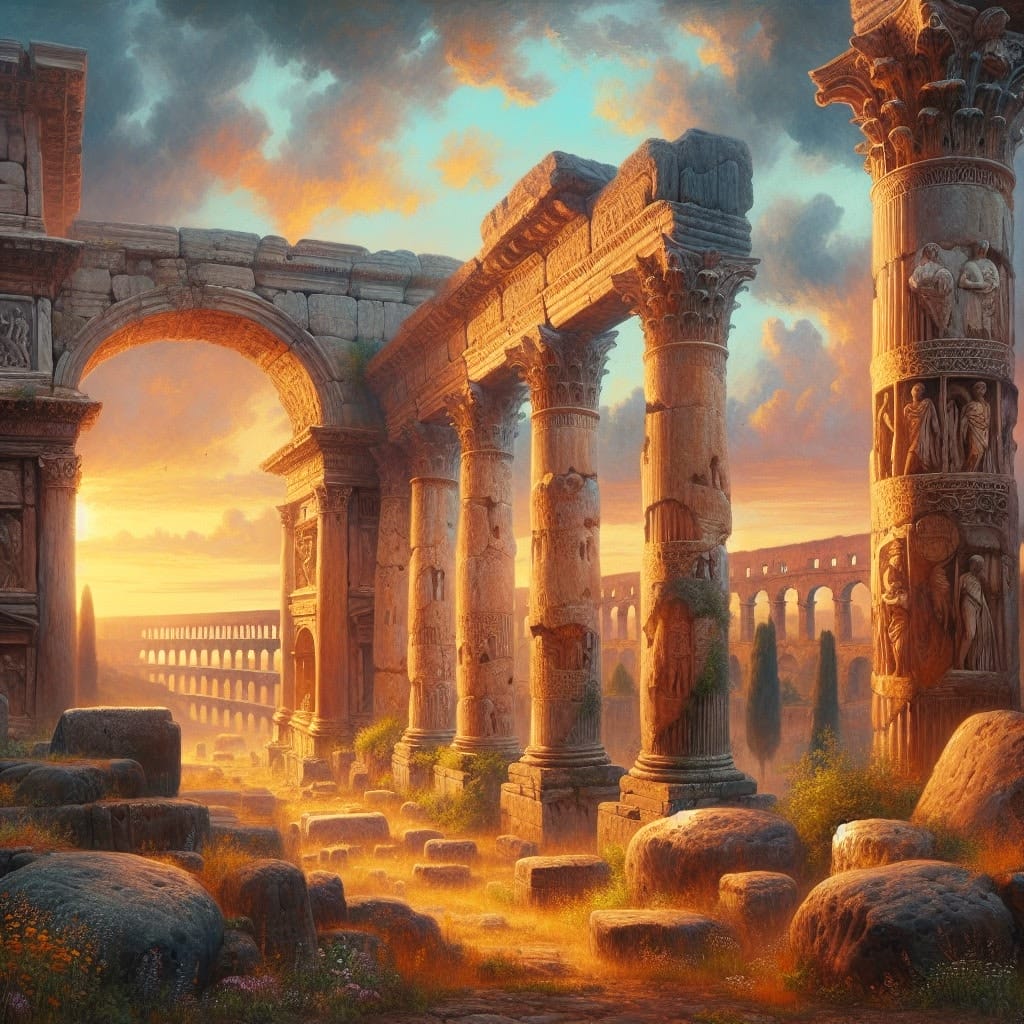
Economically, the decline in population led to severe labor shortages, profoundly impacting the Roman economy. The contraction of long-distance trade and the collapse of urban centers, as discussed in historical analyses, resulted from these shortages. As the empire struggled to mobilize labor and resources, economic activities simplified, and many professions vanished. Additionally, heavy reliance on trade networks became a liability when population declines made these systems inefficient, forcing Rome into a localized barter economy. These factors, compounded by rising costs and currency debasement, as highlighted by economic studies, left the empire economically vulnerable, unable to withstand external threats.
Military Impacts of Health Crises
The Roman Empire’s military strength was fundamentally compromised by health crises, notably pandemics such as the Antonine Plague. Diseases like malaria and plague significantly reduced troop numbers and morale, as indicated by historical records. The Roman military’s reliance on a robust population for recruitment made it particularly vulnerable when pandemics diminished the pool of able-bodied individuals.
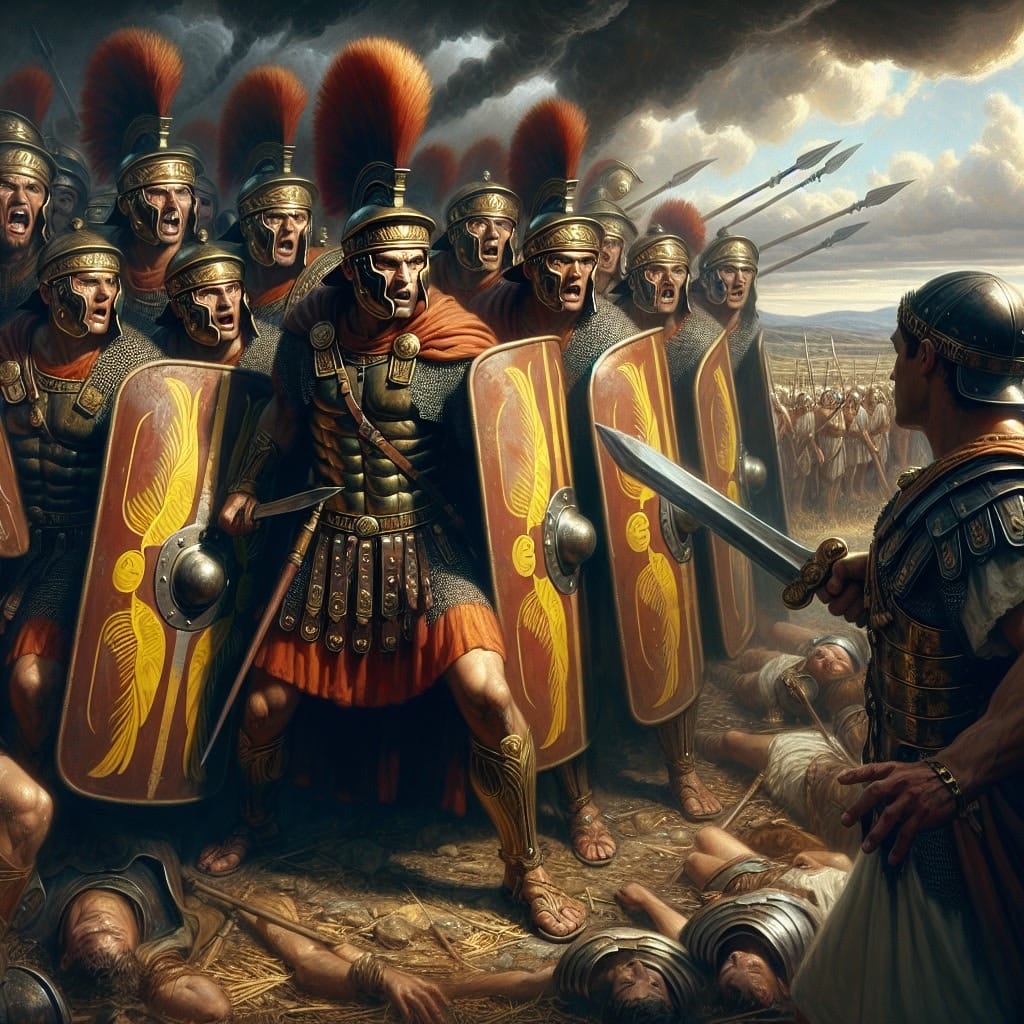
In crowded military camps, diseases spread rapidly, disrupting operations and contributing to high mortality rates among soldiers. This decline in military personnel not only weakened the forces but also heightened Rome’s vulnerability to invasions. The overextension of resources and political instability further exacerbated these vulnerabilities, as internal strife and economic strain diverted focus from defending against external threats.
| Period | Military Strength |
|---|---|
| Pre-Pandemic | High |
| Post-Pandemic | Weakened |
The combination of health crises with existing vulnerabilities created a perfect storm that led to increased invasions and ultimately contributed to Rome’s decline.
Migration and Invasions
During the decline of the Roman Empire, migration patterns from Central Asia played a pivotal role in destabilizing Roman territories. These movements were largely influenced by environmental factors, particularly climate change. Prolonged droughts, as highlighted by archaeological evidence, pressured nomadic groups like the Huns to move in search of more fertile lands and resources. This shift in habitat was not merely a quest for new territories but a survival strategy against harsh climatic conditions.
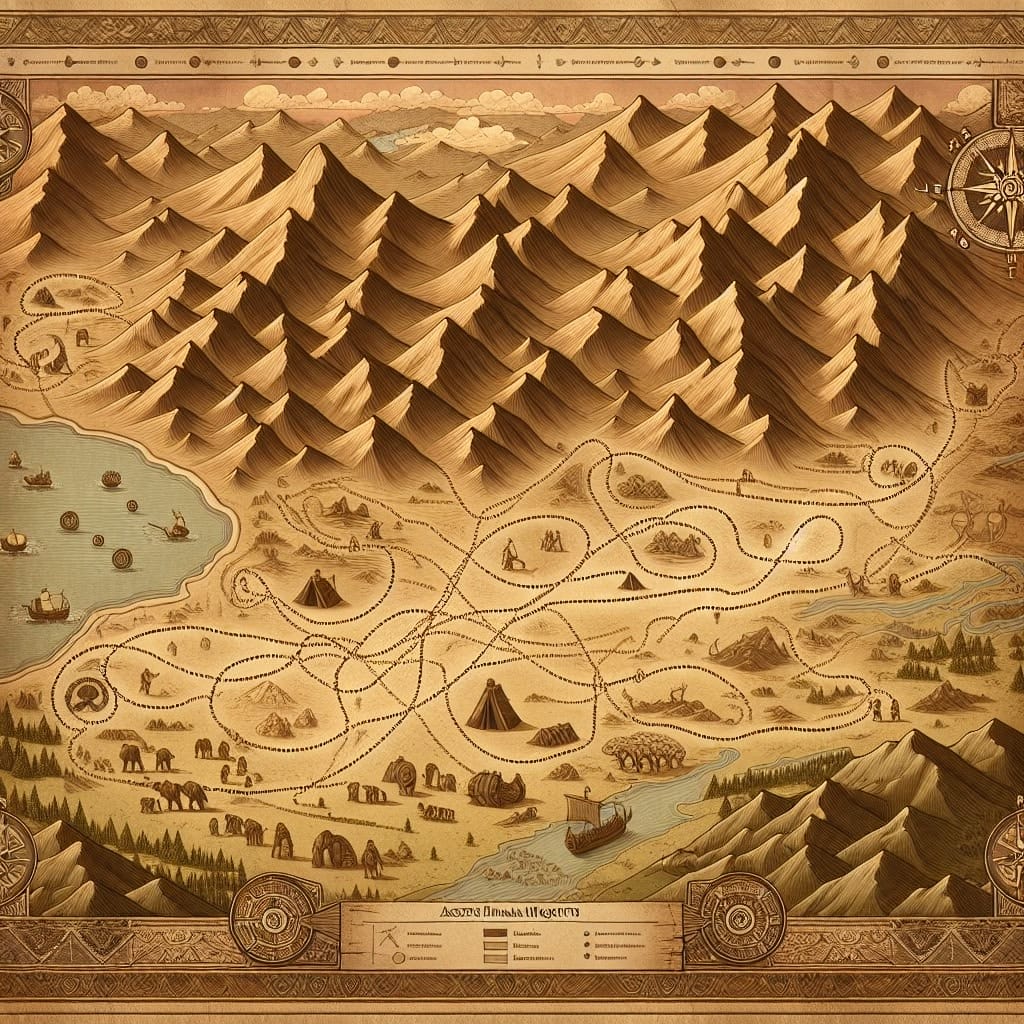
The influx of these migrating groups into Roman lands resulted in significant upheaval. The Roman Empire, already weakened by internal strife and economic vulnerabilities, found its defenses stretched thin. As Hunnic incursions intensified, the Empire’s stability was further compromised. These invasions disrupted local economies, leading to a domino effect of social and political instability. Consequently, the Roman military struggled to maintain control over its borders, which contributed to the eventual downfall of the Empire.
Internal Political Strife
The Roman Empire’s decline was exacerbated by significant political instability, rooted in external pressures from migrating tribes and climate-induced resource scarcity. As external threats mounted, the Roman government struggled to maintain effective control over its vast territories. The withdrawal of Roman troops from key regions, as seen during the invasions across the Rhine, left critical borders exposed and vulnerable.
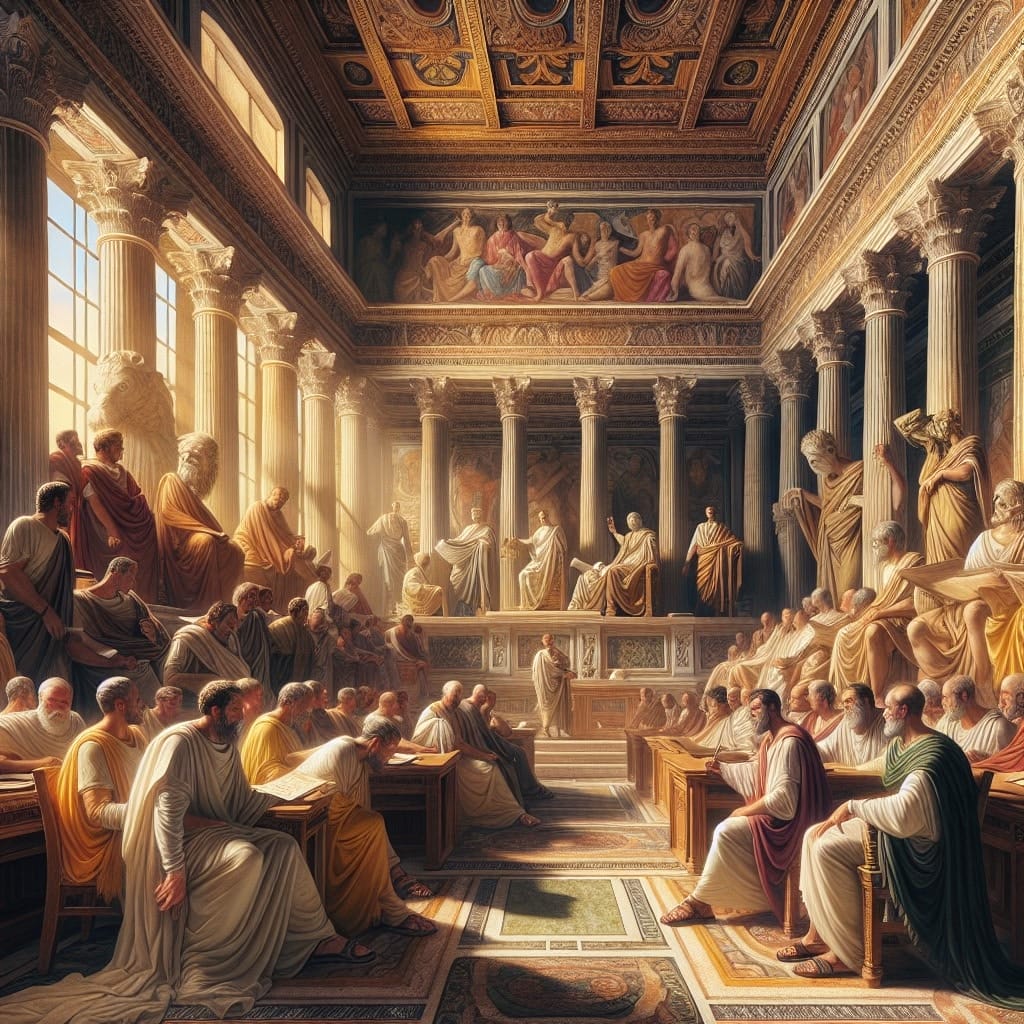
This period of turmoil severely impacted governance and public morale. The constant pressure from external invasions and internal strife led to deteriorating confidence in the leadership. The inability of Roman authorities to protect citizens and stabilize the economy fueled discontent among the populace. As historian Peter Heather notes, “The Empire’s political machinery was not equipped to handle the cumulative pressures that beset it from all sides.”
Ultimately, the intertwined challenges of managing external threats and internal dissent weakened the administrative core of Rome. This political fragmentation not only hindered effective responses to crises but also paved the way for further destabilization, contributing to the Empire’s eventual collapse.
Economic Management and Decline
The Roman Empire’s economic challenges were compounded by significant mismanagement of resources and flawed economic policies, which exacerbated the effects of climate change and disease. As agricultural productivity waned due to environmental stressors, the Empire’s reliance on imported goods increased, draining economic reserves. Moreover, Rome’s fiscal policies failed to adapt to these mounting pressures, leading to severe financial instability.
Key economic policies that contributed to the decline included:
- Over-reliance on slave labor, which stunted technological advancement and economic innovation.
- Excessive military expenditures that strained state coffers without securing lasting stability.
- Failure to reform tax systems, leading to widespread tax evasion and reduced state revenue.
- Overproduction of currency, resulting in rampant inflation, devaluing the currency and diminishing purchasing power.
This mismanagement, coupled with external pressures from invading forces, led to an economic collapse that left the Empire vulnerable. As inflation soared and resources dwindled, the Roman economy could no longer sustain its military or infrastructure, hastening the Empire’s decline.
Social Structures Under Pressure
The Roman Empire’s societal fabric was profoundly strained by the confluence of climate change and disease, which precipitated a significant breakdown of traditional social hierarchies. As environmental stressors such as droughts led to food shortages, the established order struggled to maintain its grip on power. The elite classes, who were traditionally responsible for distributing resources and maintaining social stability, found their influence waning as they failed to address the growing needs of the populace.
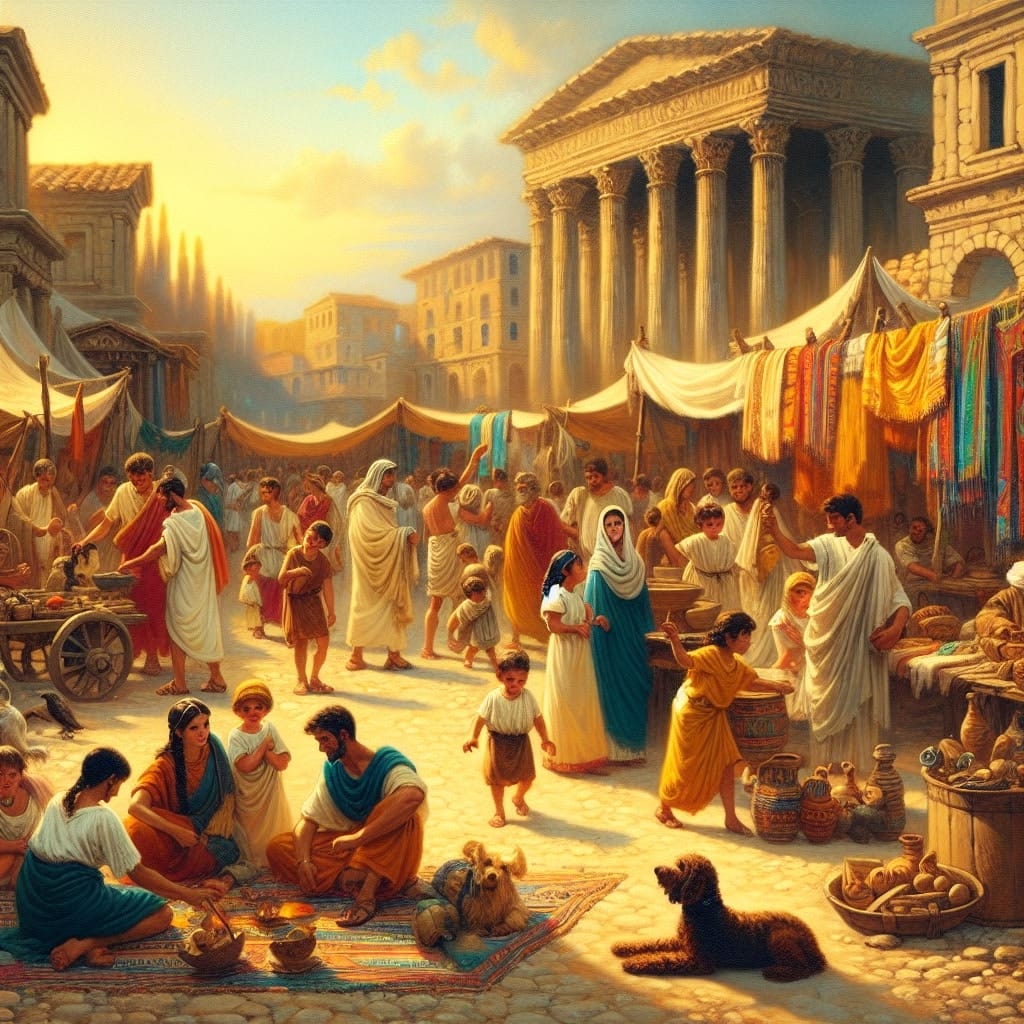
Historical examples illustrate the rise of new social dynamics during this period. The shifting power structures saw marginalized groups gaining prominence, as the conventional systems of governance faltered. For instance, as agricultural productivity decreased, local leaders often emerged to fill the vacuum left by the weakening central authority. This decentralization of power led to an increased emphasis on regional governance, paving the way for new forms of social organization.
These transformations reflect how environmental and health crises can catalyze profound shifts in societal structures, challenging existing hierarchies and fostering the emergence of alternative social dynamics.
Cultural Shifts and Adaptations
The Roman Empire’s ability to adapt culturally was a critical factor in its response to the environmental and health challenges it faced. As migrations and invasions brought diverse groups into Roman territories, the Empire exhibited remarkable resilience by integrating foreign elements into its societal fabric. This adaptability helped sustain Roman identity even as the Empire’s political and economic structures weakened.

One significant aspect of this cultural adaptation was the exchange of ideas, customs, and technologies with incoming peoples. For instance, the influence of Germanic tribes introduced new military tactics and contributed to the evolving Roman military apparatus. Additionally, through interactions with the Huns and other groups, Rome absorbed distinct artistic and architectural styles, enriching its cultural landscape.
These exchanges not only reshaped Roman society but also fostered a more pluralistic culture, which was crucial for survival in a period of significant turmoil. By embracing diversity, the Roman Empire demonstrated a unique ability to evolve, underscoring the importance of cultural flexibility in the face of adversity.
Conclusion: Lessons from Rome’s Decline
The decline of the Roman Empire was intricately linked to a combination of environmental stressors and health crises, such as climate change and pandemics. These factors strained agricultural productivity, triggered migrations, and intensified invasions, ultimately weakening the Empire’s socio-economic structures. The barbarian invasions further compounded these issues, fueled by climate-induced resource scarcity and political vulnerabilities.
Reflecting on these historical events provides valuable insights into modern challenges. As climate change continues to impact global societies, the Roman experience underscores the importance of resilient strategies to manage resources and maintain socio-political stability. Learning from Rome, contemporary societies must address environmental challenges proactively to prevent similar declines.
FAQ on Rome’s Environmental and Health Challenges
What role did climate change play in Rome’s decline? Climatic shifts, such as prolonged droughts, significantly reduced agricultural productivity and pasture availability. This led to economic strain and migration pressures, which destabilized Roman territories.
How did pandemics affect the Roman Empire? Pandemics, notably the Antonine Plague, decimated populations and weakened the economy. The resultant labor shortages left Rome vulnerable to external threats and internal instability.
Were invasions the primary cause of Rome’s fall? While invasions contributed, they were not the sole cause. Environmental and political factors also played crucial roles. The invasions were often driven by environmental stresses and pressures from other tribes.
Is there a misconception about the Hunnic incursions? A common misconception is that the Huns invaded solely for conquest. In reality, environmental stressors, such as drought, forced them to adapt their strategies, often leading to raiding as a survival tactic.
Understanding these complexities helps us draw parallels to modern challenges posed by climate change and disease.

